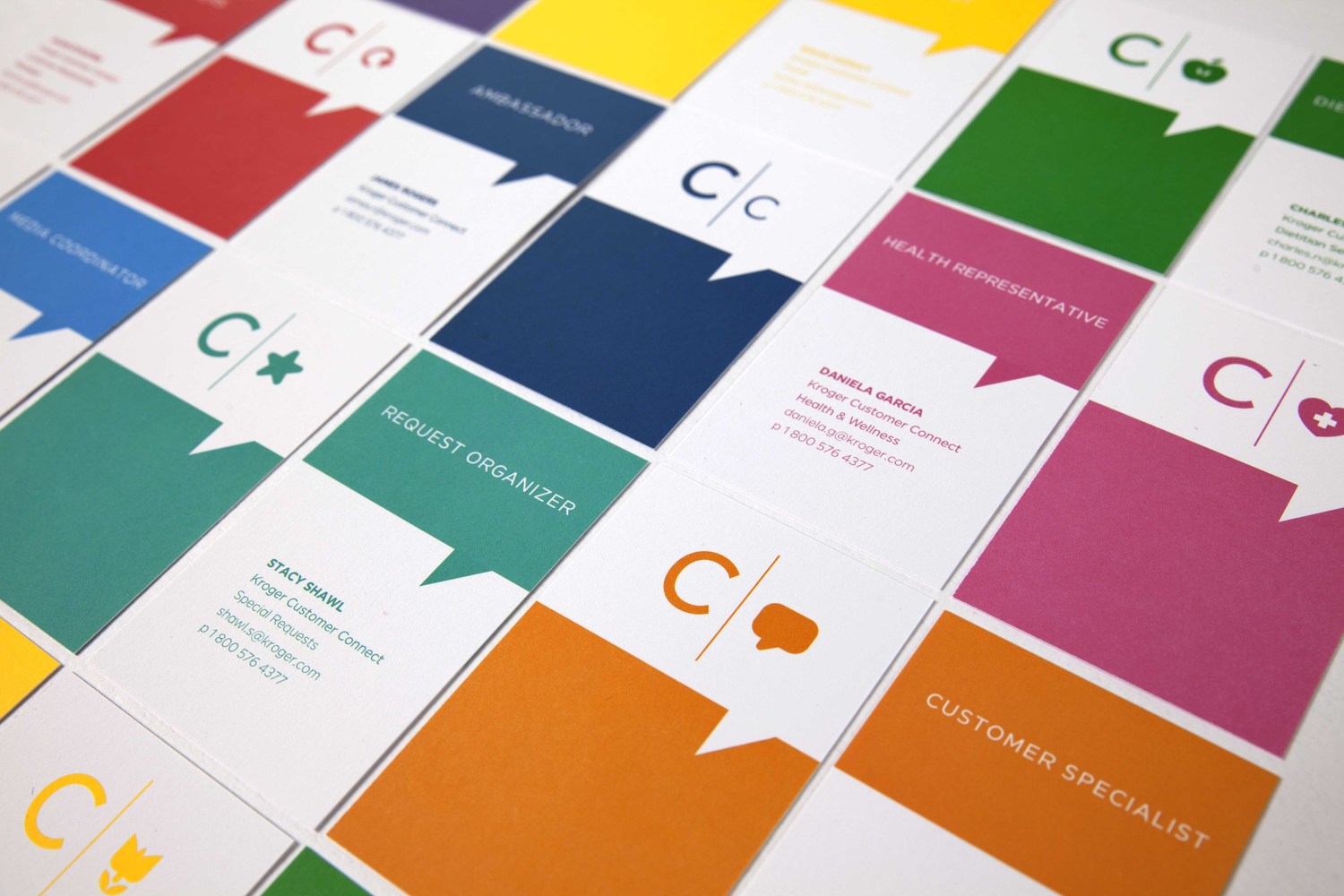
Onboarding New Clients: What to Consider
The main purpose of onboarding is to ensure alignment between the PR agency and a new client. During the process, it’s important to gather as much insight and as many assets as you can. This is the time to figure out your client’s qualitative and quantitative goals, gain an understanding of their company culture, and determine the current state of their organization.
In the same way that first impressions are lasting, the onboarding process will set the tone for your working relationship with a new client. By kicking things off with a thorough, comprehensive approach, you’ll pave a path for success further down the road.
With that in mind, let’s walk through four key considerations for the onboarding process.
- EVALUATE THE FUNDAMENTALS
Onboarding is your agency’s time to evaluate two major criteria: how marketing-savvy your client is, and the state of their brand assets.
Is your client marketing-savvy? Do they understand the foundations of brand identity and positioning? Are they familiar with things like creative briefs and media pitches? Gauge where their knowledge lies to determine what needs to be communicated, and how to best share ideas.
What brand assets exist, and where are they now? Ask your client to gather all of their brand assets into a folder, and make sure your agency has access to everything. (Your future self will thank you.) This includes anything about how the brand visually presents itself – think logos, visual identity materials, photography, etc. – and the standards and best practices for using those assets.
Once you’ve collected their brand assets, review them. Survey what you have in your arsenal to create verbal and visual content. Most importantly: Are the assets aligned? All the good copy in the world can’t make up for lackluster visuals, and vice versa.
Finally, align with your client about any brand standards that need to be adhered to. You don’t want to get bogged down by minutiae. Little things – like using the wrong logo, for example – can create a lot of unnecessary back-and-forth in the future. When you’re clear on brand standards from the beginning, you can keep the focus on bigger and better things.
- DO’S & DON’TS
This is about figuring out your client’s preferences, and how to work with them. On a technical level: Is there a template you need to use for documents? Letterhead? Boilerplates?
Cultural do’s and don’ts are just as important. Your client may not like it when you mention a certain competitor, or use certain phrases. Maybe they’re sensitive to cursing, or their protocol is to have the CEO included first on every email queue. It may sound trivial, but nuances like this can make or break your relationship. It’s better to know what your client prefers and expects up front, rather than learning it the hard way later on.
- CULTURAL CHALLENGES
I always ask new clients: Is there anything the PR team needs to be aware of? Your agency needs to be in tune with any cultural complications or sensitivities that may be happening. How involved is your client’s human resources team? Is there any litigation unfolding? The last thing you want to do is wake up one day to find out that your client is in the middle of a lawsuit.
On the other hand, it’s our responsibility as PR professionals to keep an eye on competitors’ campaigns and business updates, and make sure our clients are aware.
- CULTURAL UNDERSTANDING
Ultimately, onboarding is a deep dive into how your client functions and who their company wants to be. It’s also a great opportunity to understand the company culture – to be at the offices, meet employees in the hallways, shake a few hands. There are so many insights I’ve gleaned just by spending time in a client’s office space. It’s really a time for your agency to be inspired by what the company represents, and use that inspiration for campaign ideas.
Make the most of the time you spend with your client in their environment. Sometimes editors are looking for stories about cool office spaces, or creative ways to use conference rooms. You never know.
Stay up-to-date with all of our storytelling and public relations perspective here.
#MakePBJ